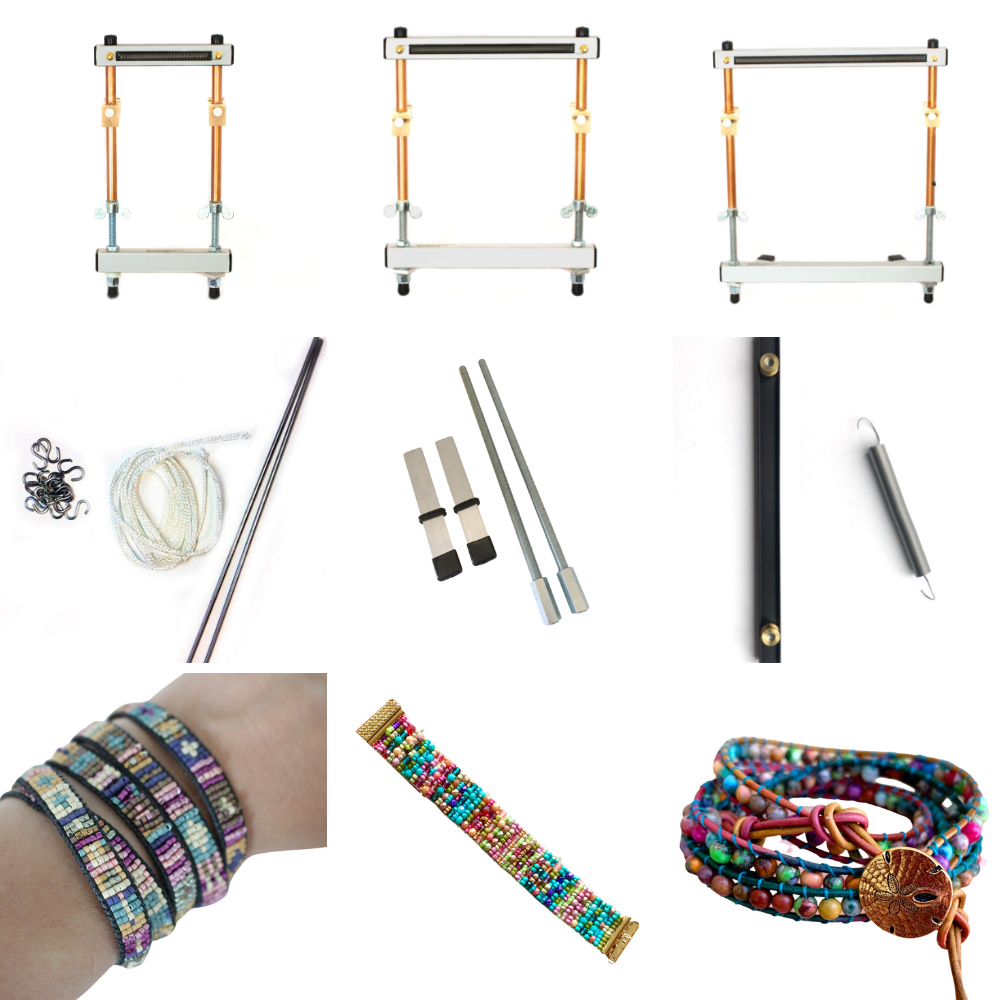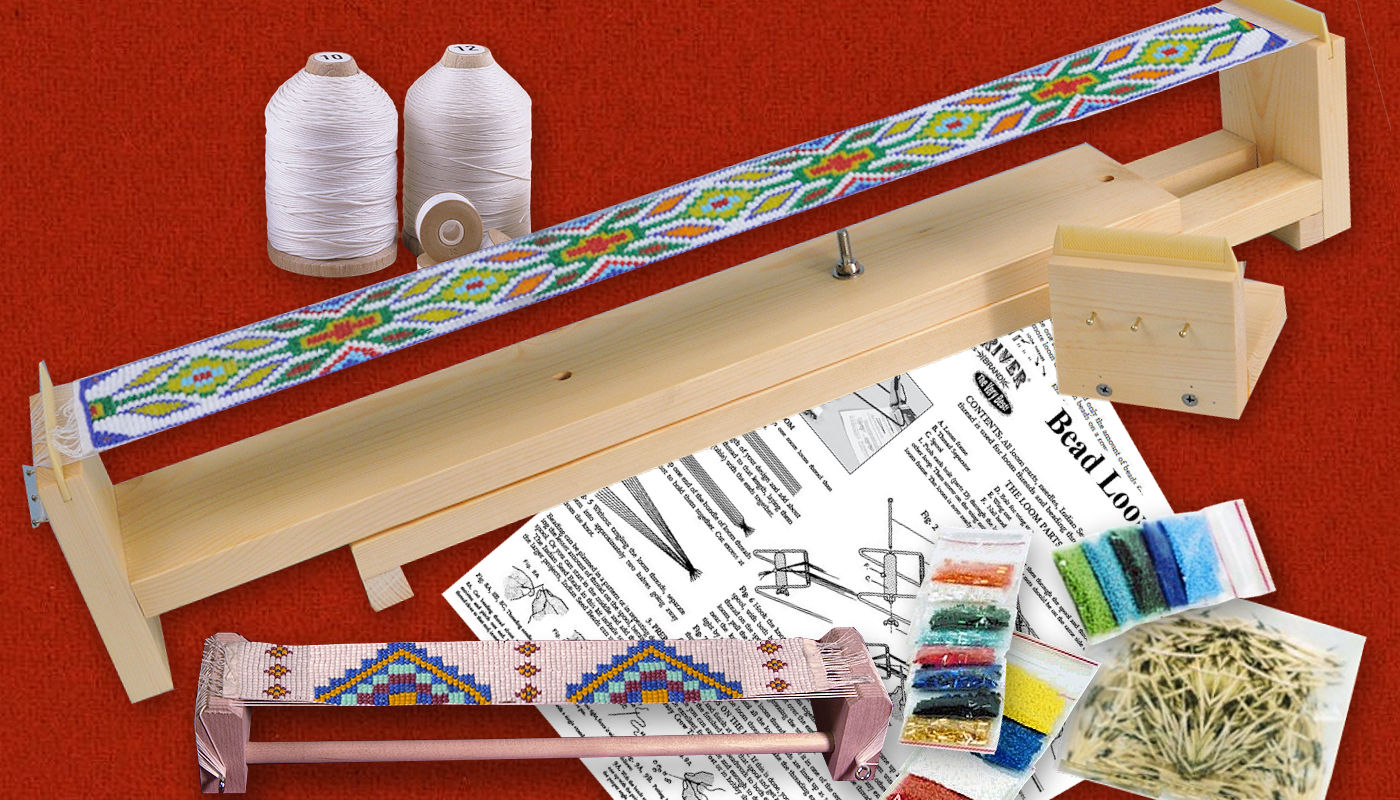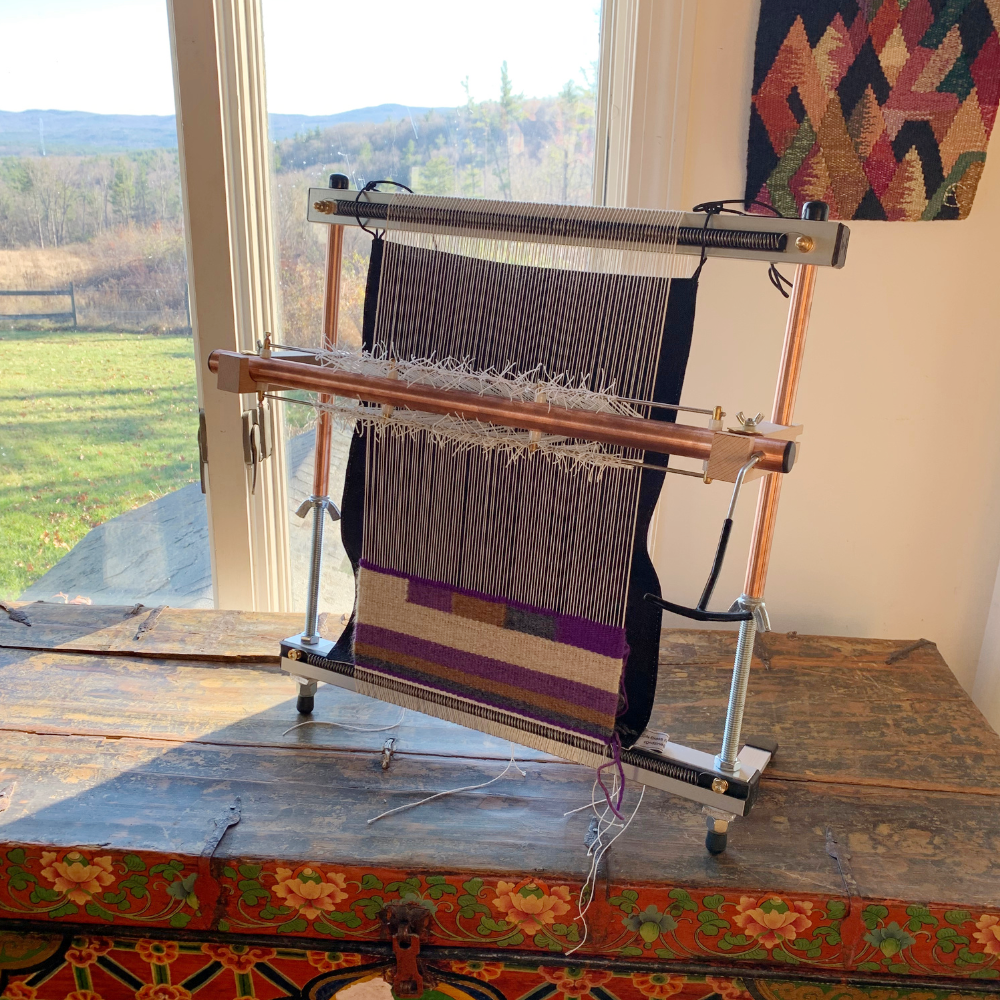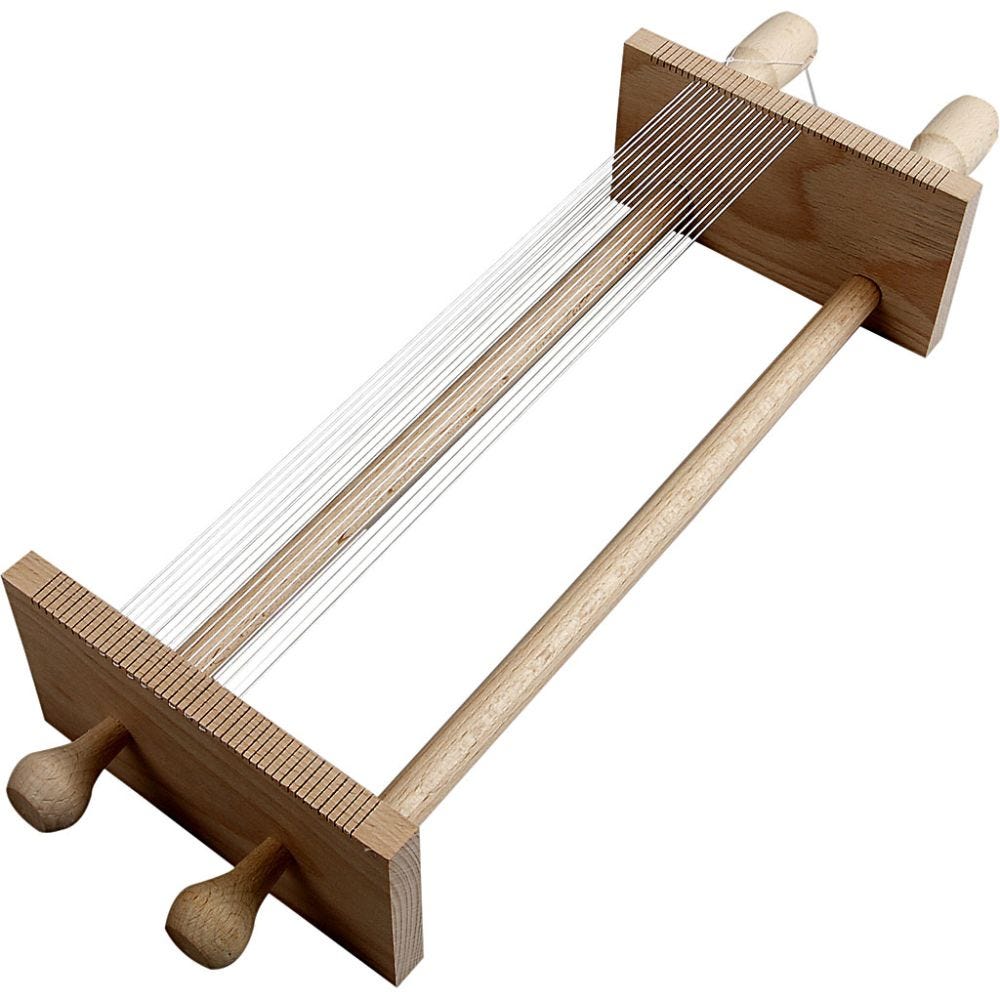Introduction:
Beaded jewelry and accessories can be exquisite works of art, showcasing intricate patterns and vibrant colors. One of the techniques used to create these stunning pieces is loom beading. In this comprehensive guide, we will delve into the world of loom beading, teaching you everything you need to know to create your own beaded designs. From understanding different types of looms to mastering essential techniques, this article will equip you with the knowledge and skills to embark on a beautiful beading journey.
Exploring the World of Loom Beading
To begin our journey into loom beading, it is crucial to understand the different types of looms used in this technique, as well as the materials and tools required.
Understanding Looms for Beading:
Looms for beading come in various designs, each offering its unique advantages. Popular types of looms include bead looms, beading trays, and beadwork boards. These looms provide a stable base for creating beaded designs and offer different mechanisms for manipulating the threads and beads.
Materials and Tools for Loom Beading:
To start your loom beading projects, you will need a few essential materials and tools. These include a loom of your choice, beading needles, thread or beading cord, and beads in various colors and sizes. Additional tools like scissors, bead mats, and bead organizers can also be helpful for organizing your materials and keeping your workspace tidy.
Setting Up the Loom for Beading
Before you can start beading, it is essential to set up your loom correctly. Follow these steps to prepare the loom for beading:
Preparing the Loom:
- Assembly: Assemble your chosen loom according to the manufacturer’s instructions. Different looms may have specific methods of assembly, so be sure to follow the provided guidelines.
- Positioning and Tension: Ensure that the loom is stable and secured on a flat surface. Adjust the tension of the loom by tightening or loosening the threads or cords, depending on the type of loom being used.
Attaching the Thread:
- Securing the Thread: Tie the thread or beading cord onto one end of the loom, leaving a short tail. Secure the tail by wrapping it around the loom or tying it to an anchor point if available.
- Threading the Beading Needle: Thread a beading needle with the opposite end of the thread or cord. Pull the thread through the eye of the needle, leaving a length suitable for your beading project.

Essential Techniques in Loom Beading
Once your loom is set up, it’s time to explore essential techniques in loom beading to create beautiful patterns and designs.
Basic Loom Beading Stitch:
- Warp Threads: The vertical threads on the loom are called warp threads. Pass the beading needle under and over these warp threads, creating a consistent base for your beading.
- Weft Thread: The horizontal thread that passes through the beads is called the weft thread. This thread holds the beads in place and creates the beaded pattern. Pass the weft thread through the beads, alternating over and under the warp threads.

Adding Beads and Creating Patterns:
- Stringing Beads: Decide on the pattern and color sequence of your design. String the beads onto the weft thread, making sure they sit snugly against each other.
- Creating Patterns: To create intricate patterns, follow a pattern chart or design your own. Slide the beads into place on the weft thread, using a needle to position them accurately. Continue weaving the weft thread and adding beads according to your desired pattern.
Finishing and Off-Loom Techniques
After completing your beaded design on the loom, it’s time to finish the piece and give it a polished look.
Ending the Beading Thread:
- Securing the Thread: To secure the end of the beading thread, weave it back into the beadwork, passing it under several beads. Create knots or tie off the thread to prevent unravelling.
Adding Clasps and Finishing Touches:
- Attaching Clasps: Depending on your project, you may need to add a clasp or closure. Use beading thread to attach a clasp to your design, ensuring it is securely fastened.
- Finishing Techniques: Trim any excess thread, ensuring that no loose ends are visible. Check for any loose or misaligned beads and make any necessary adjustments to create a polished and professional finish.
Exploring Advanced Techniques in Loom Beading
Once you have mastered the basics of loom beading, you can explore advanced techniques to take your creations to the next level.
Introducing Bead Weaving Stitches:
While loom beading primarily utilizes the basic stitch, other bead weaving stitches can be incorporated into your designs. Stitches like the peyote stitch, brick stitch, or herringbone stitch can add texture, dimension, and intricate patterns to your beadwork. By learning and experimenting with these stitches, you can create unique and eye-catching designs on your loom.
Incorporating Embellishments and Mixed Media:
Loom beading doesn’t have to be limited to just beads. Explore the world of mixed media by incorporating other materials such as crystals, sequins, gemstones, or even fabric into your designs. Embellishments can bring a touch of glamour or texture, allowing you to create truly exceptional and personalized pieces. Experimenting with mixed media opens up a world of possibilities, giving your beadwork a distinctive and innovative edge.
Taking Loom Beading to New Heights
As you advance in your loom beading journey, consider taking your skills to new heights by engaging in more complex and rewarding activities.
Designing Custom Patterns and Projects:
Once you become comfortable with loom beading techniques, challenge yourself by designing your custom patterns and projects. Draw inspiration from nature, art, or cultural motifs, and translate them into unique beaded designs. Experiment with color palettes, bead sizes, and stitch combinations to create pieces that reflect your personal style and vision.
Participating in Beading Communities and Events:
Connect with fellow beaders by joining online forums, social media groups, or local beading communities. Engaging with other beading enthusiasts provides opportunities to exchange ideas, receive feedback, and gain inspiration from their creations. You can also attend beading workshops, conferences, or exhibitions to learn from experts in the field and stay up to date with the latest trends and techniques.
Conclusion:
Loom beading is a captivating and versatile technique that allows you to create stunning beaded designs. By understanding different types of looms, preparing the loom, mastering essential techniques, and adding finishing touches, you can embark on a fulfilling beading journey. Whether you choose to create intricate patterns or experiment with color combinations, loom beading offers limitless creative possibilities. As you explore this art form, don’t hesitate to experiment, try new techniques, and let your creativity shine. With the knowledge gained from this comprehensive guide, you are well-equipped to dive into the world of loom beading and create beautiful, one-of-a-kind beaded designs.



